Meizu 15 review: the best feel, leapfrog imaging experience
The original title: Meizu 15 review: the best feel, a leapfrog imaging experience
[
From IT168]
[IT168 Review] Coming from the MX series, Meizu under Huang Zhang has always been obsessed with the adjustment of the feel, obsessed with the choice of materials, and better at creating inadvertent surprises, leaving behind classic products such as M8, MX, and MX3. "31 prototypes" have long been read by Meizu as a good story. But with Huang Zhang’s retreat from the background in the later stage, the commercial expansion of the brand itself and market choices, Meizu’s products in recent years have gone a little "confused", missing the original taste.
In February 2017, Huang Zhang announced his return to Meizu to reinvent the product, and a year later, in Meizu’s 15th year of existence, launched Meizu 15. If you have ever used the MX series, it is easy to resonate with Meizu 15 at first sight, because it is a product with a typical Meizu temperament, and those old "character" of Meizu are back.
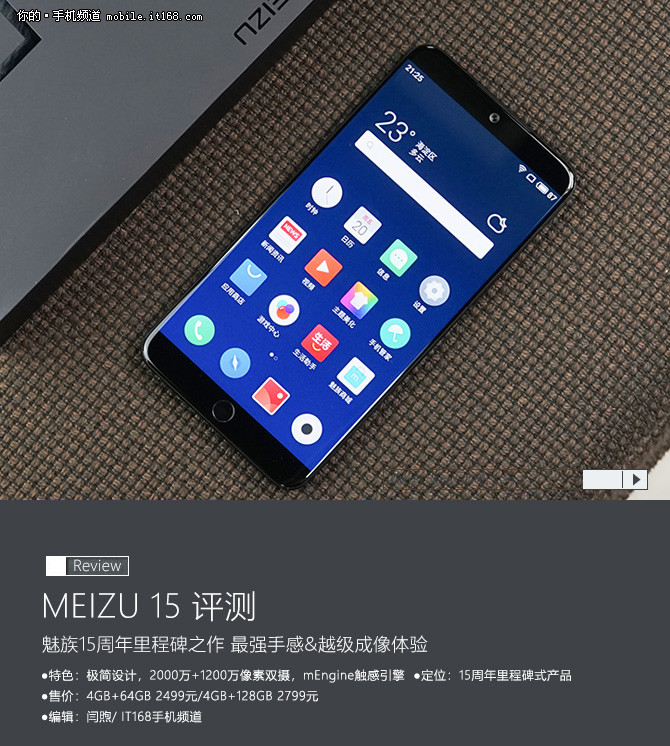
Tribute to MX classic design
The Meizu 15 continues the classic design of the MX series as a whole, and carries out the simple design to the end. It can be clearly felt that the forehead and chin of the Meizu 15 are further narrowed compared to previous products. The ultra-narrow frame is only 1.175mm, and with a 16:9 aspect ratio OLED screen, it has a strong visual borderless sense. The appearance is no less than that of the mainstream full-screen models on the market. If you have to use data to speak, the screen ratio of the Meizu 15 has reached a considerable 83%, which is more prominent than some full-screen models.
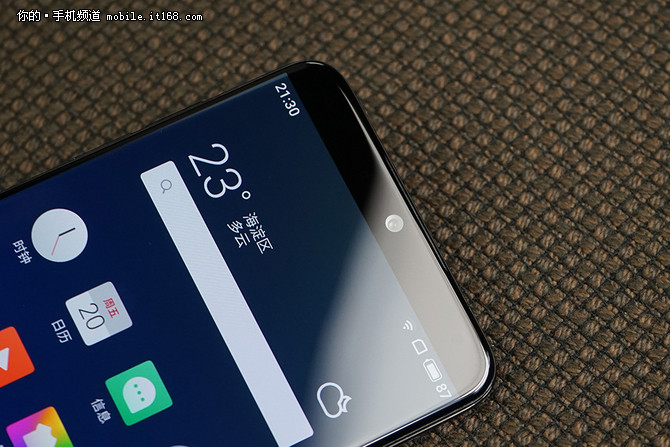
At the same time, Meizu 15’s attention to detail is fascinating. Hidden micro-seam handsets are no longer a new technology in full-screen models, but Meizu 15 hides a breathing light in it, making it a handset that can "breathe". Every message or call, the handset will flicker with a gentle rhythm, as if it has spirituality, which is very convenient.
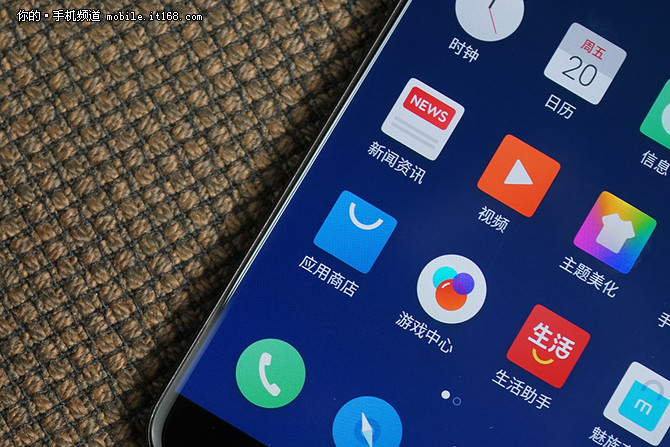
"Small circle" is a classic design of the MX series, but with the introduction of mTouch and the establishment of mBack interaction in the later stage, "small circle" was directly replaced by "waist circle" and became a classic in Meizu’s memory. In order to revive this classic on Meizu 15, Meizu did not hesitate to invest millions of dollars to create the world’s smallest front fingerprint module.
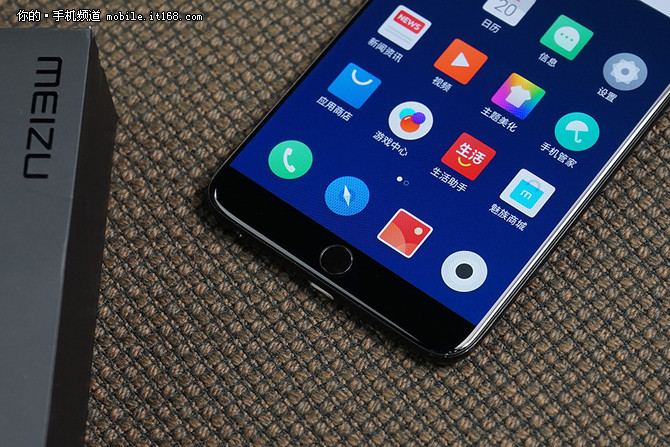
Although the area of this fingerprint button is only 1/3 of the original waist round button, it does not affect its accuracy and recognition speed at all, and the function of mBack is also perfectly integrated. According to the official, the fastest recognition of Meizu 15 only takes 0.08 seconds, which is the fastest in the world. In actual experience, Meizu 15 can be solved in seconds without any delay when the screen is off.
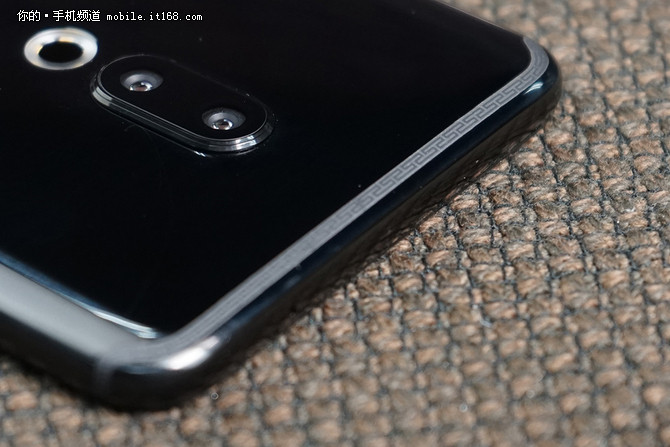
In addition, the Meizu 15 also hides some small design details worth playing with, quite tastefully engraving the "auspicious pattern" on the antenna belt, in the special launch of the white color scheme of Ru kiln, Meizu 15 also uses the piano paint process to perfectly cover the antenna belt, creating a more pure white texture.
Uncompromising feel
Due to the narrowing of the forehead and chin, and the existence of a very narrow border, the Meizu 15 will visually give people the feeling of "chunky", but this "chunky" is mapped to the feel, but it is a rare "solid" and "comfortable", the feel is really good.
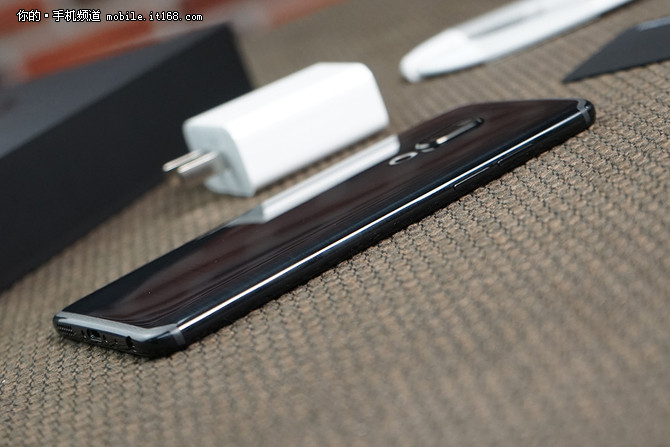
The so-called "solidity" is more due to the precise control of the body size and weight of the Meizu 15. The Meizu 15 is equipped with a 5.46-inch screen, and the width of the whole machine is controlled at 72mm. If held with one hand, this width will just get stuck in the hand, and the thumb can easily reach most of the screen area, making the control more reliable. At the same time, the weight of the 152g body is just right, neither because it is too heavy and oppressive, nor because it is too light and insecure, achieving a balance.
The "comfort" is the repeated polishing of the Meizu 15 on the material and curve of the fuselage. The Meizu 15 uses stainless steel and aluminum composites, which not only has the noble texture of stainless steel, but also retains the lightness of aluminum. The surface is brushed texture, and a layer of "glaze" treatment is done, which is warmer to the touch than typical metals. The curvature of the side curve of the fuselage is more relaxed, so that the side has a larger area to contact with the finger, and it fits the finger better when holding, which is very "satisfactory".
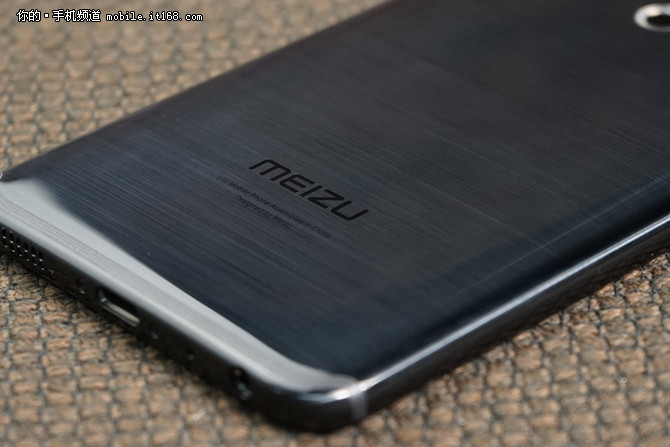
It is no exaggeration to say that the Meizu 15 grip does not have any cumbersome feeling, and it is effortless to operate with one hand, which is difficult to feel in other models of the same size. It is presumably a true biography of the yellow seal.
Excellent interactive experience
Get started with Meizu 15, at the moment of touching the "small circle", you will obviously feel the phone as if powered on as a short and powerful vibration, as if the "small circle" is pressed, this vibration experience was only felt in the iPhone, Android camp It is difficult for someone to copy, Meizu 15 is obviously the closest to the iPhone experience. And behind this, it is the credit of the mEngine touch engine.
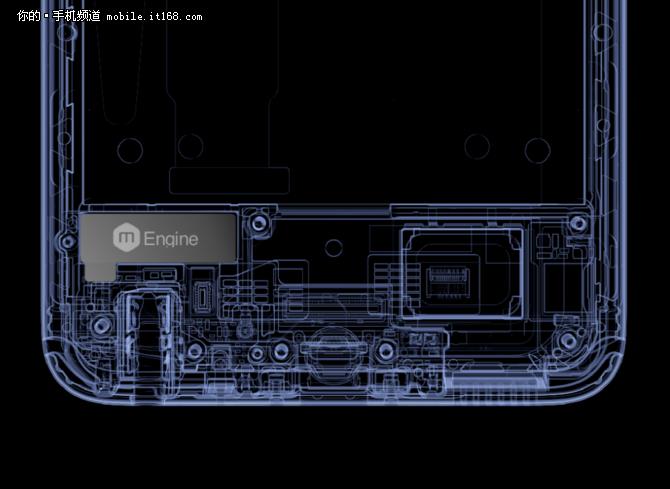
The so-called mEngine tactile engine is actually a linear motor. Compared with the most commonly used eccentric rotor motor in mobile phones, the linear motor is quieter, more vibration-sensitive, and more responsive. It is particularly emphasized that the Meizu 15 is equipped with a horizontal linear motor with a larger cavity, which can achieve richer vibration effects. Just like the Tapic Engine used in the iPhone series, it can simulate the real feedback touch of physical buttons.
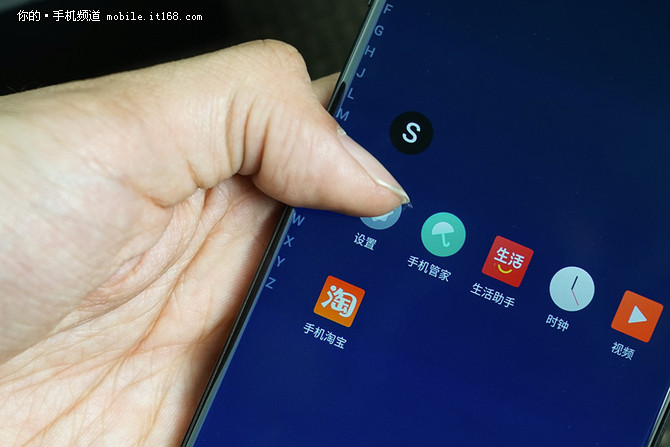
At the same time, Meizu 15 has a built-in independent pressure sensing chip, which can accurately identify different pressure levels to help the mEngine haptic engine match the corresponding interaction effects. Meizu said that mEngine can have better haptic feedback in 45 scenarios, including when taking pictures, typing, and sliding the time wheel. The unique damping sensation of physical buttons and knobs can be truly simulated, providing excellent haptic feedback.
After using it for a period of time, I have to admit that it is a very refreshing tactile experience, so cool that it can instantly capture your heart, and it is impossible to go back after using it.
Meizu’s most powerful camera
The Meizu 15 series is equipped with a 12 million pixel + 20 million pixel dual camera, of which the 12 million pixel main camera sensor is the Sony IMX380, with an area of 1/2.3 inches, f/1.8 aperture, single pixel 1.55 microns, and supports optical image stabilization. The sub-camera is the 20 million pixel Sony IMX350, 1/2.78 inches, for zoom detail compensation and depth of field information capture. In addition, Meizu’s iconic ring flash and laser focus are also retained.

Functionally, the Meizu 15 supports up to 3x lossless zoom, AI beauty and portrait mode. Through the integration of ArcSoft’s multi-frame noise reduction algorithm, the night shooting effect is significantly enhanced. In the two scenes of portrait and lossless zoom, the Meizu 15 also adds dynamic frame rate, which can provide better resolution and picture purity in scenes with complex lighting.
Without a doubt, this is the most powerful dual-camera solution currently offered by Meizu. The author also conducted a photo experience and directly viewed the sample performance.




It can be seen that the proofs of Meizu 15 have a good look and feel, rich details, good latitude, color presentation is biased towards natural primary colors, and the focusing speed is also very fast.
Based on the dual-camera design, the Meizu 15 supports 3x lossless zoom + 8x digital zoom, of which 3x lossless zoom is based on high-pixel cropping and algorithm support, which can provide rich details and give creators richer choices in composition.
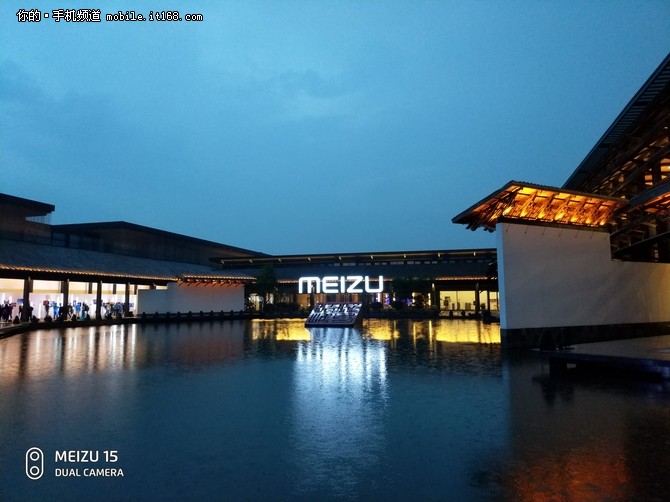

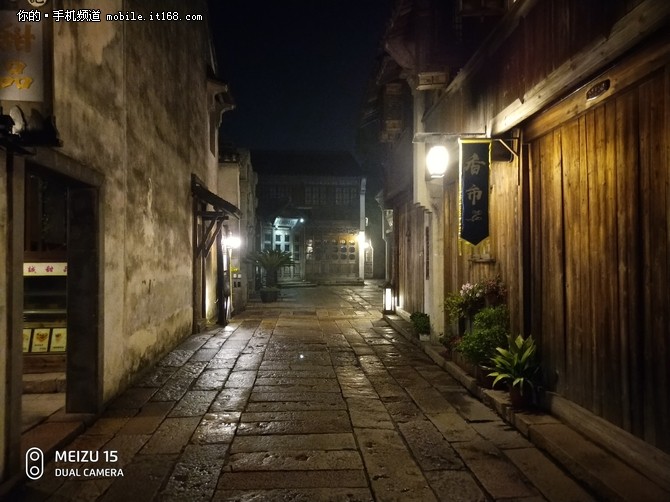
In the evening environment, the screen brightness of the Meizu 15 is sufficient to ensure the detailed performance of the night scene photography, and the noise is also well suppressed, resulting in a refreshing overall image.
Overall, the Meizu 15 has better imaging performance than products at the same price. Based on its powerful hardware quality, we also have reason to expect the Meizu 15 to bring more advanced imaging experiences.
The comprehensive Snapdragon 660 mobile platform
Meizu 15 is the first time Meizu has used Qualcomm’s platform to build products. Balance and stability are the first factors to be considered, so the Snapdragon 660 has become a must-have choice.
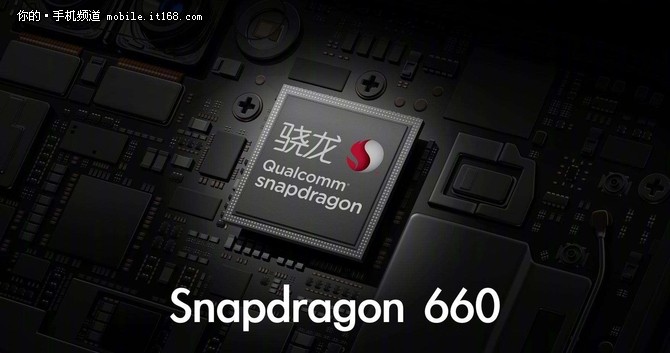
As Qualcomm’s most powerful new Snapdragon 600 series, the Snapdragon 660 not only has performance beyond previous generations, but also has been given flagship-level features, including Kryo 260 semi-custom architecture, Spectra ISP, Hexgon DSP, X12 LTE Modem, etc., which have made breakthroughs in computing performance, image processing, and connectivity.
The Snapdragon 660 uses 14nm FinFET process, 8-core Kryo 260 architecture, 4 + 4 dual-cluster design, the highest running frequency is 2.2GHz, and the built-in Adreno 512 GPU. It is worth noting that the Snapdragon 660 does not use the ARM public architecture like the Snapdragon 625, and introduces the Kryo 260 semi-custom architecture for the first time, which has better performance and power consumption.

We take the running score of Antu as an example, you can see that the Snapdragon 660 easily breaks through 130,000 points, GeekBench test also has the core solo 1600, multi-core 5900 results, CPU performance is basically the same as the flagship platform Snapdragon 820.
It is worth mentioning that the 8-core of the Snapdragon 660 has an inherent advantage over the 4-core of the Snapdragon 820, which is not only reflected in the multi-core scoring advantage, but also in the actual experience. Multi-core means that more threaded tasks can be processed at the same time, which is smooth in scenarios such as application startup and switching tasks that require multi-threaded calls.
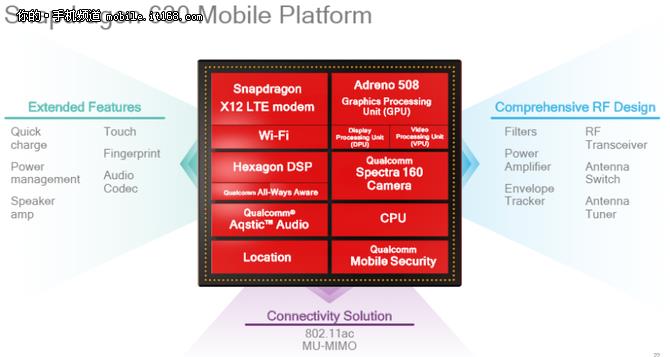
In terms of GPU, the pure performance of this Adreno 512 still lags behind that of the flagship first-class product, but with the relevant optimization, the performance of traditional online games such as "Honor of Kings" is still worthy of recognition, especially the Meizu 15 has joined the game’s multi-threaded support, and the actual performance is more stable.
The Snapdragon 660 is equipped with Spectra ISP, which performs very well in scenarios such as noise reduction in low-light environments, dynamic range adjustment in high-contrast environments, and background blur of dual-camera portraits. In some scenes, the relatively mature tuning of this ISP even makes the Meizu 15 perform better than the 15 Plus in photography.
On the modem, the Snapdragon 660 directly integrates the standard X12 LTE Modem of the previous generation flagship, supports full Netcom, VoLTE features, and has a maximum downlink rate of 600Mbps, which is not weak. It should be said that the comprehensive performance and leading features of the Snapdragon 660 are the correct choice for Meizu 15.
summary
As Huang Zhang’s return work after a lapse of 5 years, and coinciding with the important world node of Meizu’s 15th anniversary, Meizu 15 has added a touch of emotion. For Meizu, seeing Meizu 15 for the first time is easy to resonate, because it is a product with a typical Meizu temperament: adhering to the minimalist design language, focusing on better interactive feedback, and insisting on the pursuit of feel, those Meizu’s former "character" have returned.

At the same time, Meizu 15 chose the Qualcomm 660 mobile platform, equipped with imaging hardware that is significantly better than the same level of products. Coupled with the continuous optimization of Flyme 7 in the experience, Meizu 15 has a mature and stable performance, making it a strong player in the mid-range market. It is a good choice for every user.
Of course, this is just a small test after Huang Zhang’s return to Meizu. With the foreshadowing of Meizu 15, we have reason to look forward to more in the future.